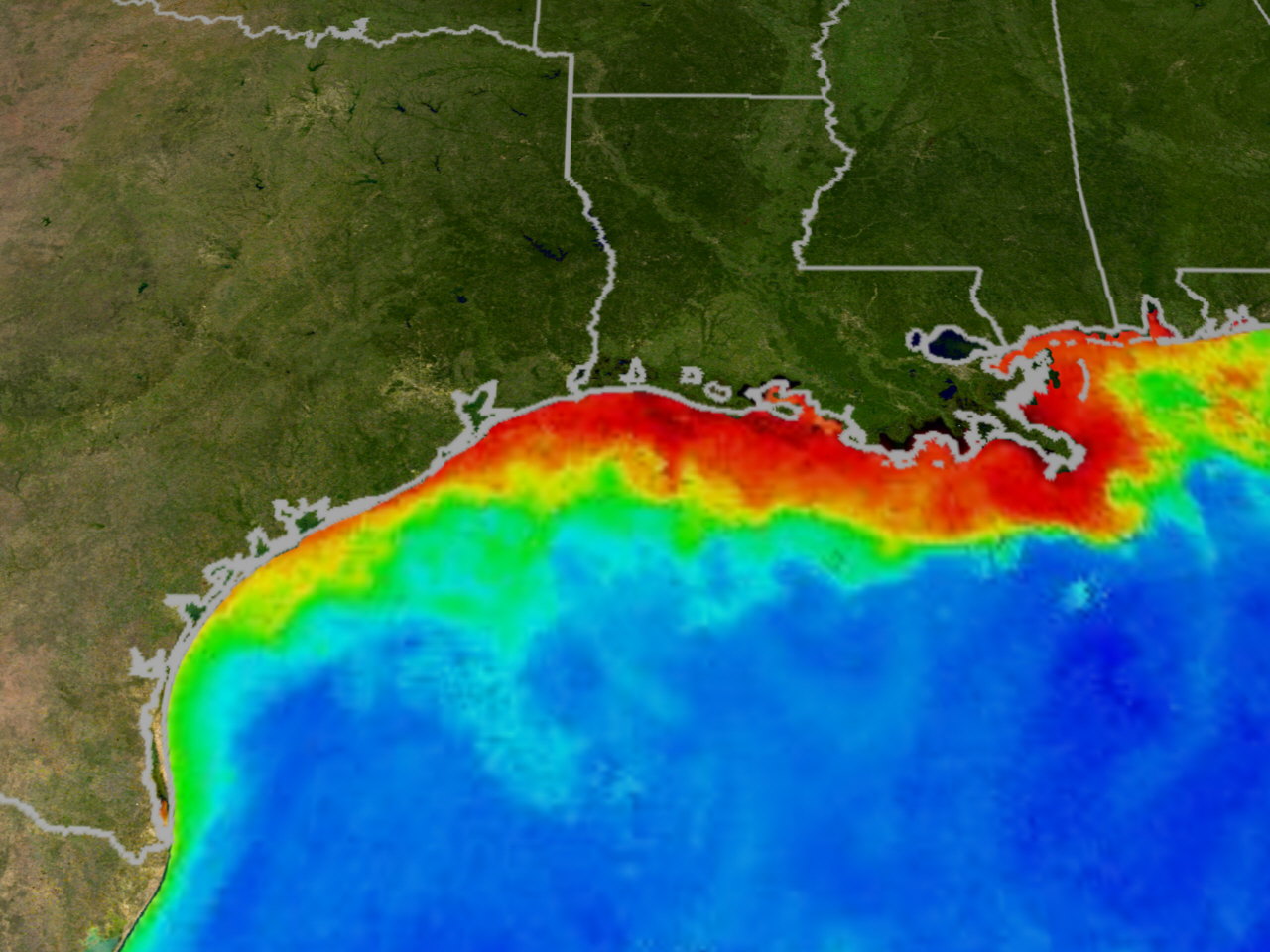| Figure Legend: 2007 Census of Agriculture data from the United States Department of Agriculture (USDA) shows the geographic concentration of hog and pig production in the US. Source: USDA Census of Agriculture; 2007 Census Ag Atlas Maps |
This is not a minor issue. This waste is a greenhouse gas producer, it's difficult to dispose of (spreading it on fields is the preferred technique, but the volumes are a problem--the land cannot absorb the amount of nutrients), and it's often contaminated with low levels of pharmaceuticals used in raising animals in confined quarters. These are shit-bombs that go off at thousands of sites every single day--and that's just in America. Add in Canada and China and this becomes a nightmarish situation. It is estimated that, in America, livestock produce more than 100 times the waste that the amount of human sludge treated by municipal waste-water treatment every year.[Gerba, C. P., & Smith, J. E. (2004). Sources of pathogenic microorganisms and their fate during land application of wastes. Journal of Environmental Quality, 34(1), 42-48.]
 |
| Image via SERC.Carleton.edu |
There is, however, almost no requirements for the treating of livestock waste.
This produces a lot of problems. In the Mississippi Basin catchment area, the amount of animal waste spread on the land, and the overspreading of NPK fertilizers have lead to a dead zone in the Gulf of Mexico (the red area in the above photo). The size of the dead zone waxes and wanes--larger in good economic times, smaller in bad (farmers tend to cut back on NPK application in bad years).
 |
| Image via SERC.Carleton.edu |
It also means the death of someone's parent or child in a hospital from MRSA, or the many other bacteria which are becoming multiply drug-resistant. The good news is that transitioning to organic farming practice actually reduces levels of these bacteria on farms.
No comments:
Post a Comment